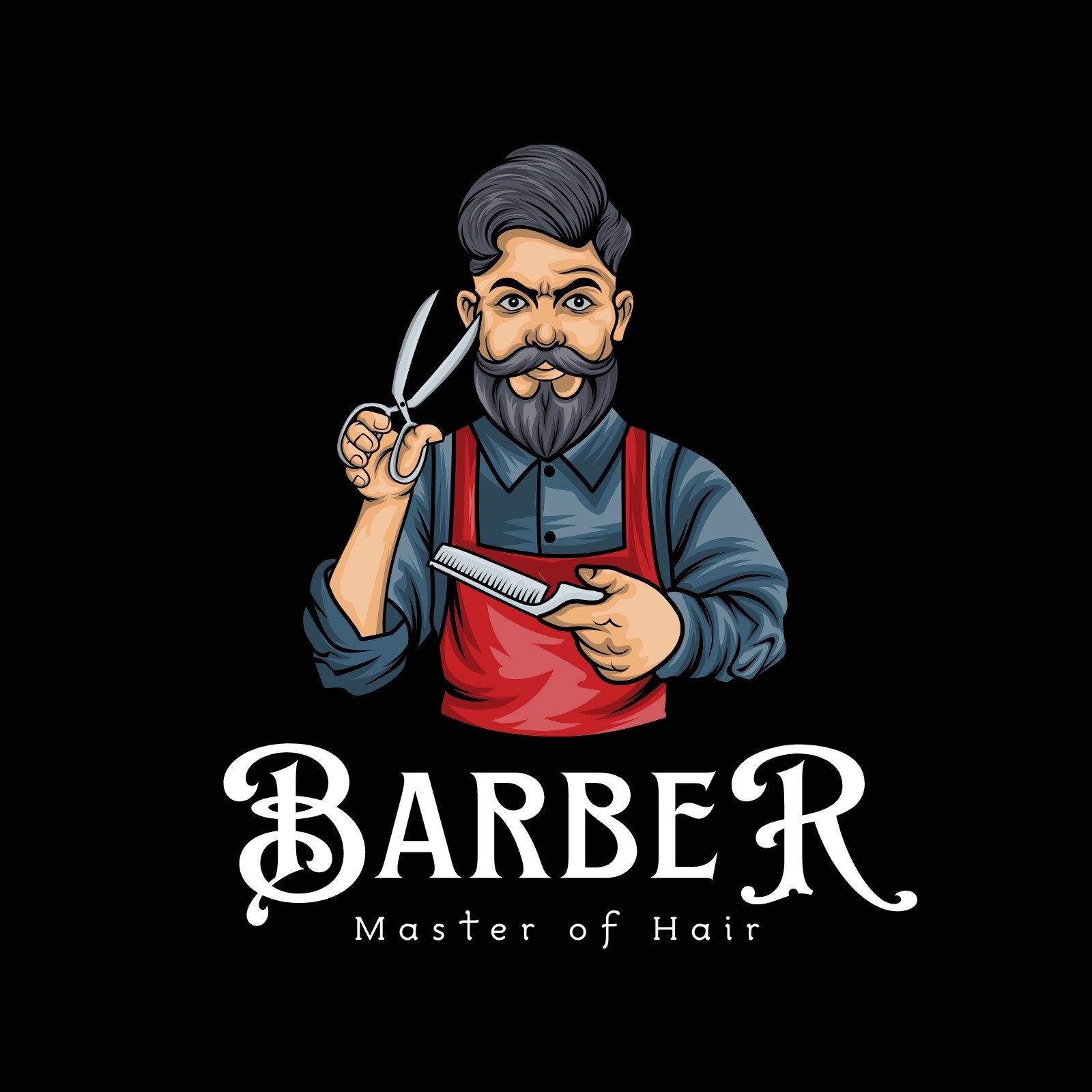Securing Patron Wellbeing Via Robust Safety and Security Guidelines throughout the Grooming Industry
Securing Patron Wellbeing Via Robust Safety and Security Guidelines throughout the Grooming Industry
Blog Article
This hair grooming sector plays a significant role in personal grooming and self-care. However, it is essential to prioritize the health and safety of both clients and barbers in this environment. Effective health and protection standards are crucial for maintaining cleanliness protocols, avoiding accidents, and ensuring a positive experience for everyone involved. By following these regulations, barbers can establish a safe environment that encourages confidence and ease among patrons.
A single critical aspect of health and hygiene in grooming is sanitation. Barbers must comply with rigorous cleaning practices, including regular cleaning of equipment and stations. This includes disinfecting shears, trimmers, and brushes after every use to eliminate the risk of spreading germs or infections. Additionally, barbers should use sanitized gowns and towels for each client to promote a hygienic setting. Applying these practices not only protects clients but also boosts the reputation of the barbering business.
Another important requirement addresses the safe management of chemicals used in hair treatments. Products such as hair dyes, why not try this out chemical straighteners, and other formulations can pose hazards if not handled properly. Stylists must adhere to safety guidelines for the storage and application of these products to avoid dermal reactions or allergic reactions among clients. Using protective gear and providing sufficient airflow during procedures are crucial measures that professionals should take to ensure client safety while offering quality services.
Accident prevention is also a vital component of wellness and security requirements in grooming. Salons should be arranged with precaution in mind, minimizing dangers such as wet surfaces or disorganized workspaces. Team members should be educated in response protocols, including how to manage lacerations or thermal injuries that may happen during treatment. Supplying medical supplies and confirming that all staff members know their locations is an excellent way to prepare for unexpected incidents. By prioritizing safety measures, barbers can create an atmosphere where patrons feel secure and cared for.
Finally, clear interaction is essential to supporting client wellbeing in the barbering industry. Barbers barber shop skin care should engage with clients about their needs and any potential risks associated with the treatments provided. This involves reviewing sensitivities to products or prior adverse reactions experienced by clients. By fostering open dialogue, barbers can build trust with their clients while delivering that they receive customized attention aligned with their unique requirements. Ultimately, prioritizing health and safety regulations will lead to improved customer experience and a successful haircare practice.